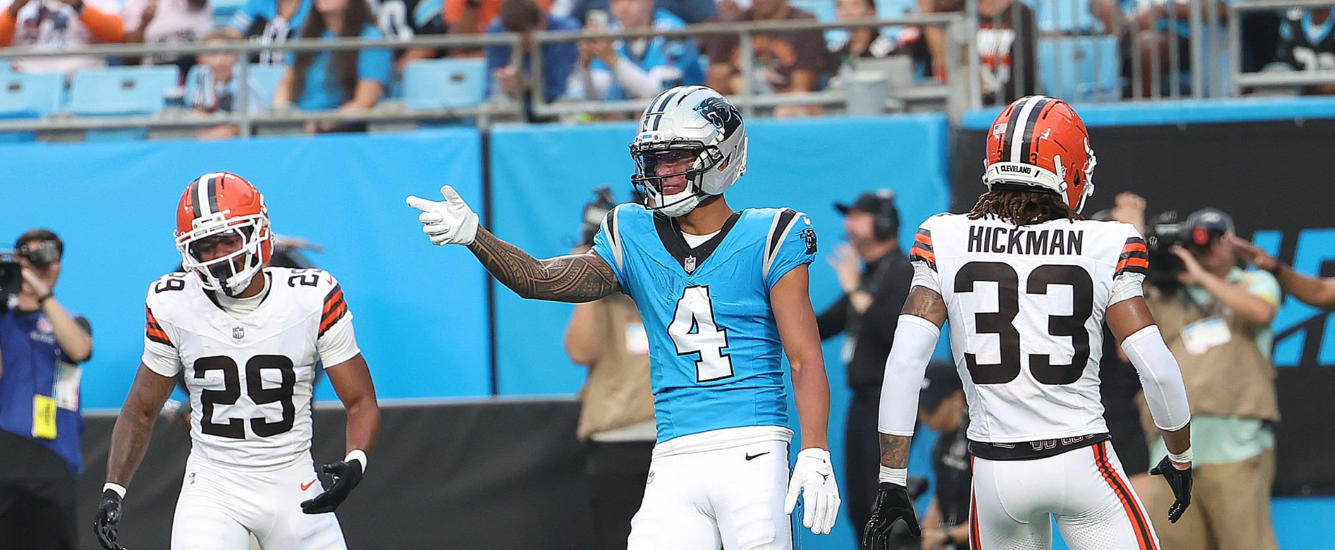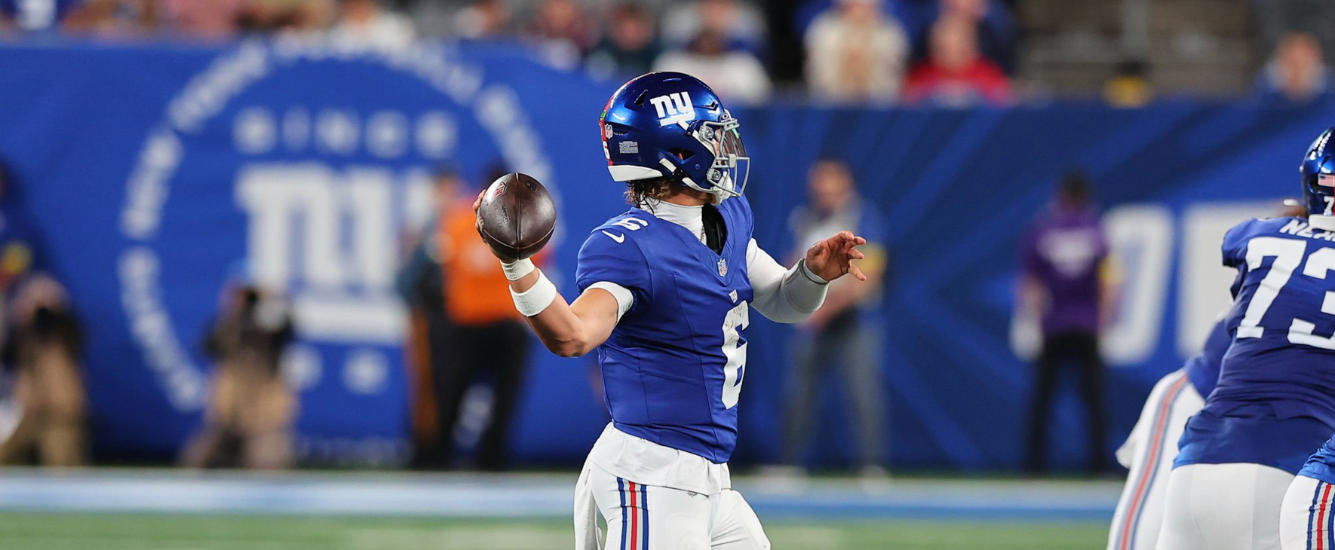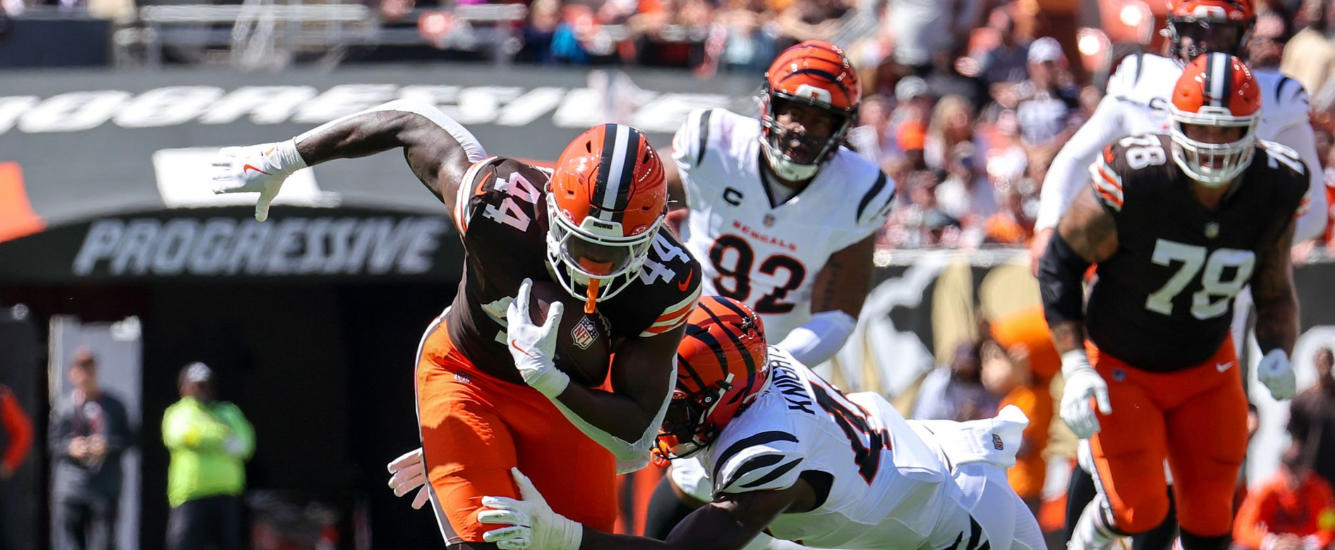One of my econometrics professors in university used to repeat the same phrase in nearly every lecture: “All models are wrong but some are useful.” It’s a popular aphorism for a reason. I’ve published my Best Ball Mania IV (BBM4) advance rate model each week this season, but as of recently that model has reached the end of its usefulness.
Last week Underdog released the full BBM4 team dataset. It includes all of the information we’d typically get at the end of the season but obviously excludes final scores. It also has some new data that we’ve never received previously, such as the username of each drafter. With this data being released, there’s no longer a reason to model player advance rates in BBM4.
I’m not disappointed, though. I’m more excited than ever. The data Underdog provided is going to fuel a new level of data-driven in-season best ball analysis. While previously we were modeling player-level advance rates and attempting to extrapolate other data from that, we can now calculate all of those metrics directly. Advance rates, roster construction, draft capital allocation, ADP value, portfolios, etc. are all on the table.
Going forward, I’ll be switching things up week-to-week. We’ll look at a variety of different metrics to help us understand what’s happening in BBM4 at a macro level.
This week I’m going to give you actual player-level advance rates through five weeks. If the season ended today, how many of the playoff teams would have Christian McCaffrey? De’Von Achane? While modeled advance rates give us a view into player performances in a vacuum, actual advance rates will include the nuances of a zero-sum drafting environment. I’m going to be highlighting those nuances in the position-specific sections below. I will only include players drafted at least 100 times. Each visualization shows all players at a given position by their final Underdog ADP and current advance rate. The red dashed line denotes an average advance rate of 16.67%. Players with advance rates above that line are colored in green; players below the line in red.




















